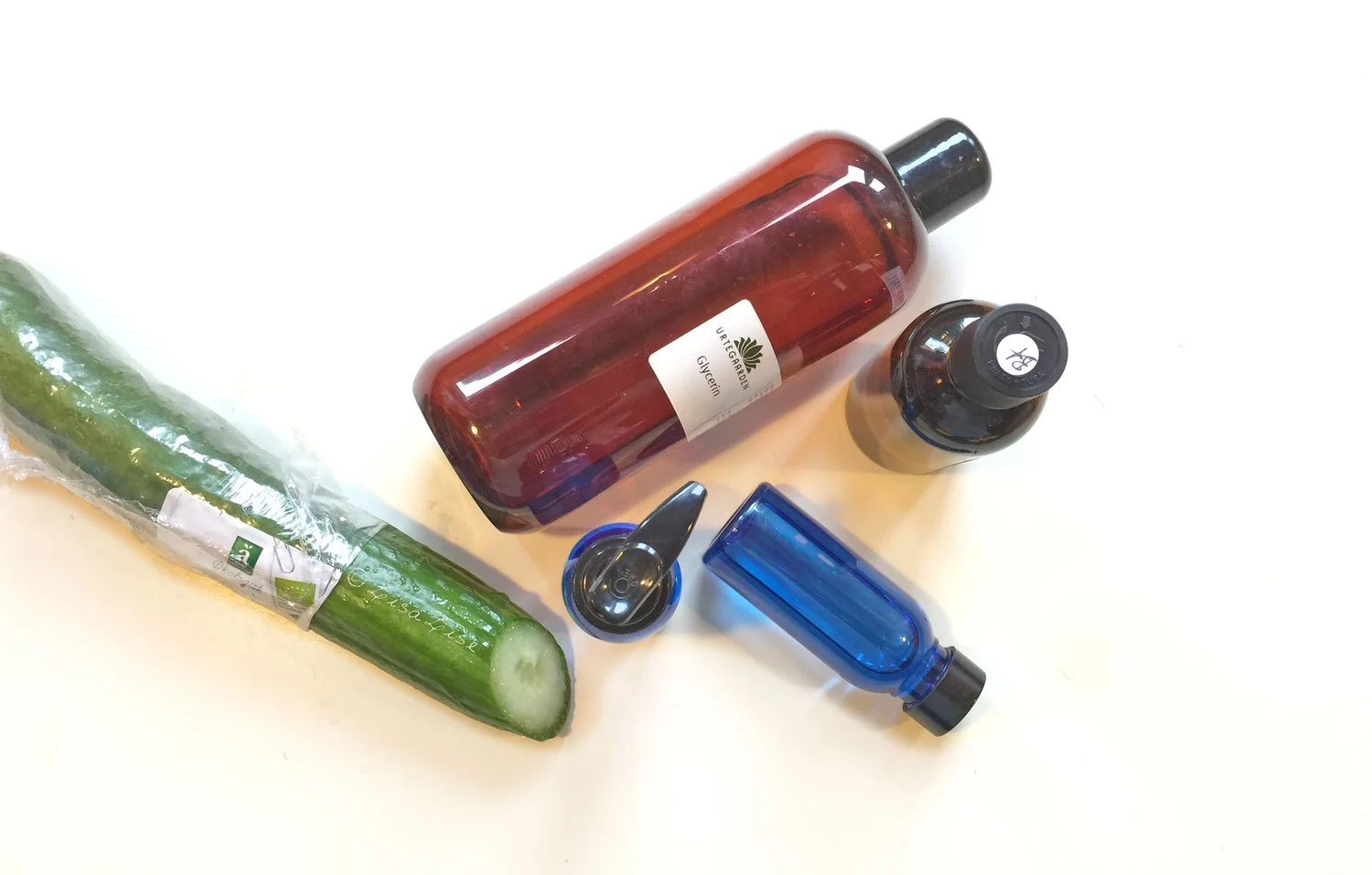Dandelions and Skincare - What Does Science Say?
Lise
When I started researching dandelion’s possible uses for skincare some years ago, I was pretty impressed at what this common plant has to offer.
Useless weed?
Ahem.
Think again.
Even science has declared dandelions 'warrant further study'.
(Science usually says this kind of thing when it finds evidence that traditional remedies aren’t all fairy tales and fantasy). I seem to be seeing that happening more and more these days.
And the truth is, there is a wealth of hidden treasure in this multifunctional and bountiful plant.
Shall we take a closer look at dandelions?
Dandelions Have Healing Properties
Science agrees the chemical composition of Taraxacum officinale (that's the botanical name for dandelion) makes it helpful and useful for numerous medical conditions and ailments.
Dandelions are
Antioxidative
Anti-inflammatory
Antimicrobial (to some degree)
Diuretic
Tonic
All this medicinal magic from a 'weed' most homeowners are busy trying to banish from their gardens.
Extraction Methods are Up for Discussion
The most up to date scientific articles I have found on dandelions seem to be focused on examining which plant part has the most to offer in the way of actives.
Some studies are focused on the root while others are studying plant parts and their constituents in correlation to what time of year they are harvested before extraction.
Extraction methods are also being studied to determine which is most efficient. Ethanol extraction seems to be getting the most attention in the scientific community, although there are a few scientific souls looking into oil extraction. Check the links below for more information.
LisaLise Soothing Dandelion Balm Experiment
Pictured here: side-by-side infusions in 2 different oils. On the left, dandelion blossoms in sunflower oil and on the right, leaves-and-stems in sweet almond oil.
I combined the 2 finished macerations with a few other other plant-based soothing ingredients in a test balm (pictured at the top of this post).
This is a bit typical of the way I work - a combination of research, trying out ideas, and experimentation.
What started me on this dandelion research was a comment about dandelions for pain relief. Admittedly, the commenter was taking dandelion internally (by the drop as a tincture), but the idea of trying it in topical application was the basis for the infusions and a foot balm for tired aching feet.
You know when you have been on your feet all day and your feet start yelling at you to sit down? That kind of tired and aching.
I got such a great response from my extensive test team (foot left and foot right) that I have done many batches since and have even handed out a samples to a few willing testers.
Dandelion TIP
If you want to get max bang for your buck, try doing oil extractions with the alcohol intermediary method using all plant parts. I split up the parts of the planet so I can also combine oils.
Do Tell
Do you use dandelions in any of your skincare products? Please share what your experiences are in a comment below!
More About Dandelions: Nerdy Stuff
Dandelion (taracum officinale and T Mongolicum), Erik Yarnell, Kathy Abascal (LINK)
Taraxacum Officiale herb as an Antiinflammatory Medicine, American Journal of Advanced Drug (LINK)
Taraxacum- a review on its phytochemical and pharmacological profile (LINK)
Anti inflammatory evaluation of the methanolic extract of taraxacum officinale in LPS stimulated human umbilical vein endolethial cells (not oil extracted, but still interesting) (LINK)
Topical herbal Therapies and Alternative and Complementary Choice to Combat Acne (LINK)
Taraxacum: an overview (Science Direct) (LINK)
Qualitative and Quantitative analysis of phytochemicals of Taraxacum Officinale (LINK)
If you want to make a few balms with me, please check out the ebook below.




















